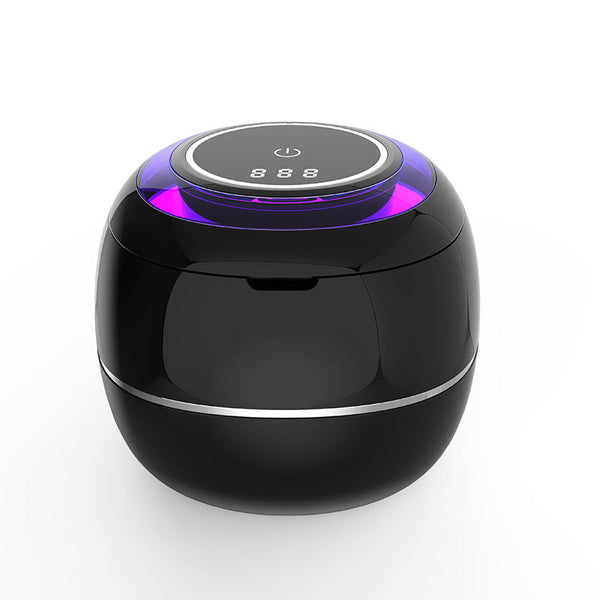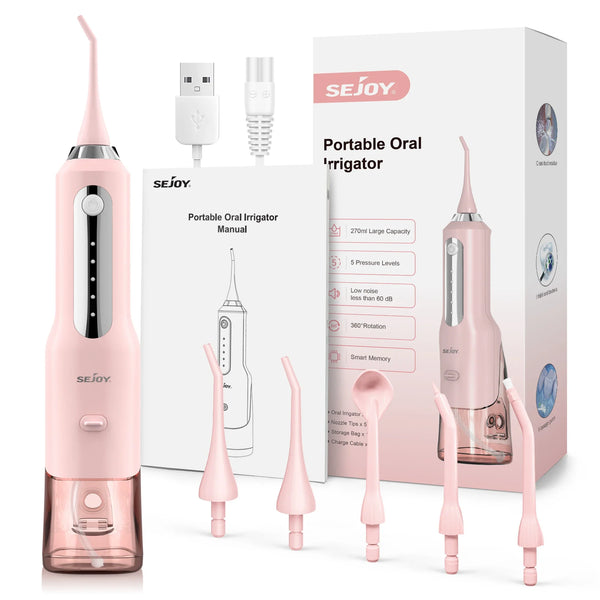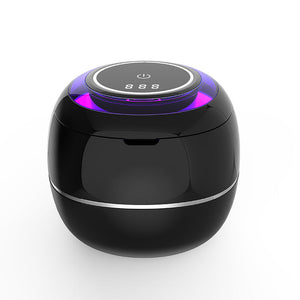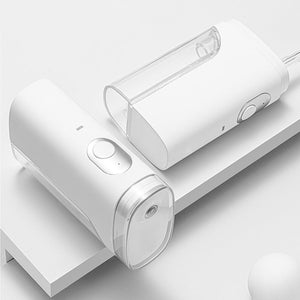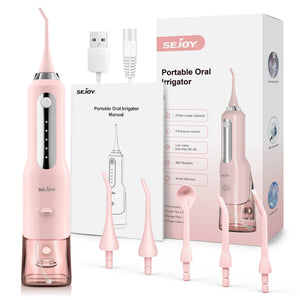The Ultimate Guide to Properly Using an Electric Toothbrush

Electric toothbrushes have revolutionized oral care by making effective cleaning more accessible and efficient. However, understanding how to use them properly—and choosing the right type for your needs—can make a world of difference for your dental health. This comprehensive guide will walk you through how to use an electric toothbrush step by step and explain the various types available to help you make the best choice.
Why Use an Electric Toothbrush?
Electric toothbrushes offer several benefits, such as:
- Improved Plaque Removal: Studies show they remove more plaque than manual toothbrushes.
- Ease of Use: Ideal for people with limited mobility, such as arthritis patients.
- Customizable Features: Modes for sensitive teeth, gum massage, or whitening.
- Built-In Timers: Helps ensure you brush for the recommended two minutes.
Types of Electric Toothbrushes
Electric toothbrushes fall into different categories, and understanding their differences can help you choose the best option for your needs:
1. Oscillating-Rotating Toothbrushes
These brushes use a small, round head that rotates back and forth. They are highly effective at removing plaque, especially around each tooth.
- Best For: People looking for thorough, dentist-level cleaning.
- Usage Tip: Let the rotating head linger on each tooth for a few seconds to maximize cleaning.
2. Sonic Toothbrushes
Sonic toothbrushes use high-frequency vibrations to create tiny bubbles that reach areas the bristles can’t touch. They typically have a more traditional-shaped brush head.
- Best For: Those who want a gentle yet deep clean, especially for sensitive teeth or gums.
- Usage Tip: Use light pressure and let the vibrations do the work—don’t scrub as you would with a manual toothbrush.
3. Ultrasonic Toothbrushes
These toothbrushes use ultra-high-frequency vibrations to disrupt bacterial plaque even without bristle contact.
- Best For: People with advanced gum issues or dental implants, as they clean without abrasion.
- Usage Tip: Simply guide the brush head along your teeth; minimal physical brushing is required.
4. Hybrid or Dual Technology Toothbrushes
Some brushes combine oscillating-rotating and sonic or ultrasonic technologies for a comprehensive clean.
- Best For: Those seeking a versatile option that offers multiple cleaning methods in one device.
- Usage Tip: Explore the different modes to find what feels most comfortable for your needs.
How to Use an Electric Toothbrush Correctly
1. Prep Your Brush
- Attach the appropriate brush head for your needs (soft bristles are typically best).
- Apply a pea-sized amount of fluoride toothpaste to the brush head.
2. Position the Brush
- Hold the brush at a 45-degree angle to your gumline.
- Ensure the bristles make contact with both the teeth and gums to clean effectively.
3. Let the Brush Do the Work
- For Oscillating-Rotating Brushes: Slowly move the brush head from tooth to tooth, pausing on each tooth for a few seconds.
- For Sonic/Ultrasonic Brushes: Glide the brush head gently over the teeth and gums. Avoid scrubbing; the vibrations will do the cleaning.
4. Follow a Quadrant System
- Divide your mouth into four sections: upper right, upper left, lower right, and lower left.
- Spend 30 seconds on each quadrant to ensure all areas are cleaned thoroughly.
5. Use Light Pressure
- Avoid pressing too hard, as this can damage your enamel and gums.
- Many electric toothbrushes have pressure sensors that alert you if you're brushing too aggressively.
6. Don’t Forget Your Tongue
- After cleaning your teeth, use the back of the brush head (if designed for this purpose) or a dedicated tongue scraper to clean your tongue.
Features to Look For in an Electric Toothbrush
When choosing an electric toothbrush, consider the following features:
- Brushing Modes: Sensitive, whitening, gum care, or deep clean.
- Timers: A built-in timer helps you brush for the dentist-recommended two minutes.
- Pressure Sensors: Prevents over-brushing by alerting you if you press too hard.
- Battery Life: Long-lasting batteries are convenient, especially for travel.
- Replacement Brush Heads: Ensure that compatible replacements are easy to find.
Common Mistakes to Avoid
- Using the Wrong Brush Head: Choose a brush head suitable for your teeth and gums (soft bristles are ideal for sensitive gums).
- Brushing Too Hard: Electric toothbrushes are designed to work effectively with minimal pressure.
- Skipping Hard-to-Reach Areas: Pay attention to your molars and the back of your mouth.
- Not Replacing the Brush Head: Replace it every 3 months or sooner if the bristles are frayed.
- Rushing the Process: Make sure to brush for the full two minutes.
Extra Tips for Different Dental Needs
- For Sensitive Teeth: Use a sensitive mode if available, and opt for soft bristles.
- For Kids: Choose kid-friendly electric toothbrushes with smaller heads and gentler settings.
- For Braces: Use specialized brush heads designed to clean around brackets and wires effectively.
- For Gum Health: Look for a toothbrush with a gum care mode and use it regularly to massage and stimulate the gums.
The Bottom Line
Electric toothbrushes are a game-changer for oral health, but proper use is crucial to unlocking their full potential. By choosing the right type of toothbrush, following the correct technique, and avoiding common mistakes, you can ensure a cleaner, healthier, and brighter smile.
Invest in your oral care routine today—your teeth and gums will thank you for years to come!


